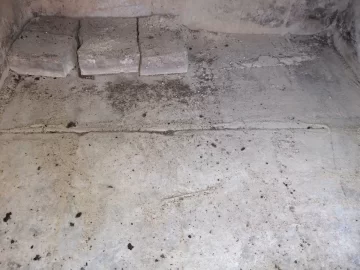I have been lurking on this site for a few years now learning about my fisher. I am still not 100% sure what year she is but is a grandma fireplace series with the square doors. I was getting some rust and we moved this year so I decided to repaint. After reading here I have done pb blaster with steel wool to remove the rust and am following up with lacker thinner to clean and then plan to paint with stove paint. I am wondering if someone used polish before as I continue to get tons of black soot no matter how much a wipe. So my question is do I need to keep wiping until no more black comes off or is this normal? Second question is were all fisher trees on the doors silver originally? If so, what do you use to paint them? My doors were solid black when I bought her. Thanks for any help!
Refinishing Fisher Stove
- Thread starter KatiedD
- Start date
-
Active since 1995, Hearth.com is THE place on the internet for free information and advice about wood stoves, pellet stoves and other energy saving equipment.
We strive to provide opinions, articles, discussions and history related to Hearth Products and in a more general sense, energy issues.
We promote the EFFICIENT, RESPONSIBLE, CLEAN and SAFE use of all fuels, whether renewable or fossil.


